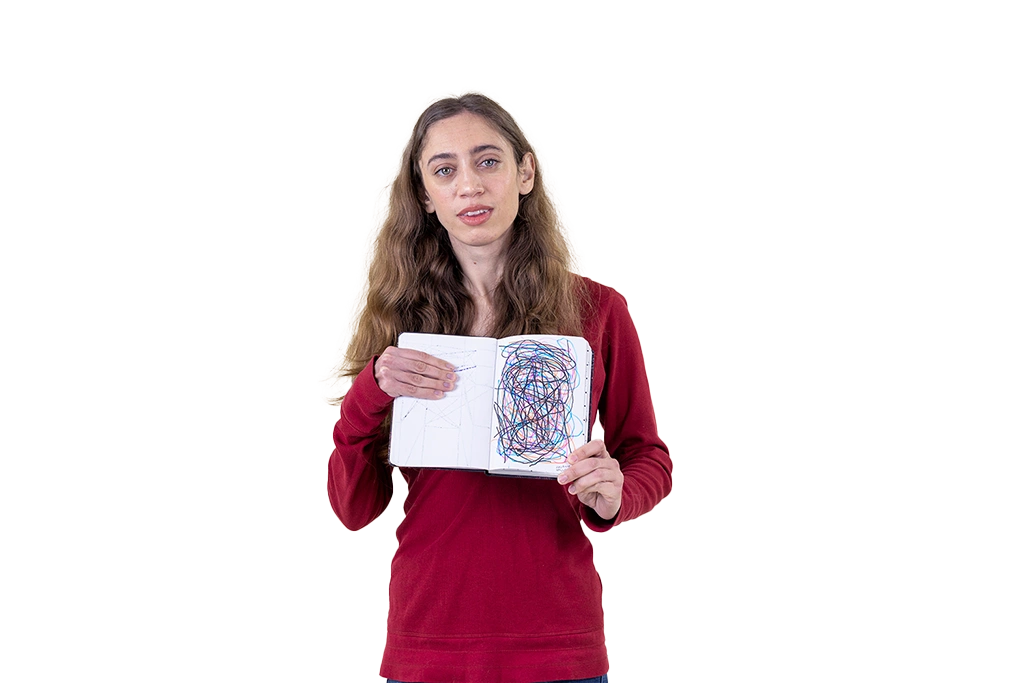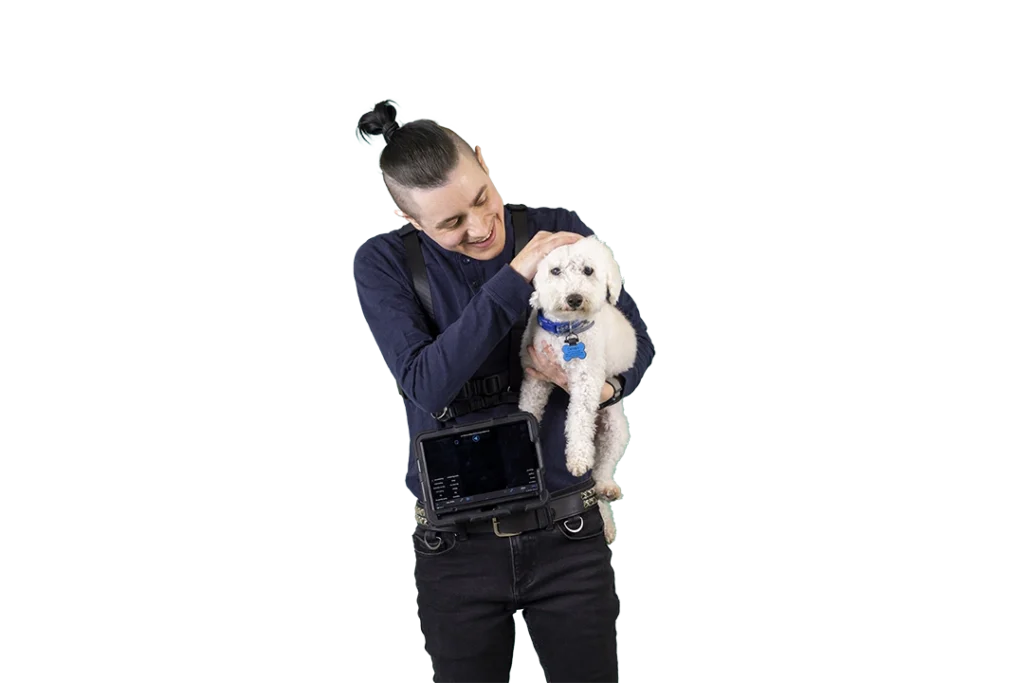Intervention
and Therapies
Autism Spectrum Disorder (ASD) can be supported with a range of interventions and therapies that help individuals achieve their full potential. These may include educational interventions, which focus on building life skills, communication, and social interaction from a young age.

Nonmedical Interventions
The number of people diagnosed with Autism spectrum disorder (ASD) has increased significantly in recent years. This has led to a focus on the types of interventions that can help them live a more fulfilling life. Nonmedical interventions aim to introduce new behaviors or reduce inappropriate actions, often using principles of behavior reinforcement. They usually address one specific issue at a time, such as improving a student’s focus on homework, and can result in improvements in specific areas as well as overall functioning.
Related Approaches
It is widely believed that early educational intervention is crucial in improving the lives of people with Autism Spectrum Disorder (ASD). However, other treatment approaches can be complementary to early intervention, which helps improve communication skills and reduce behavioral symptoms associated with Autism. These additional therapies can be in the form of music, art, or animal therapy, among many others, and can be done on an individual basis or through an educational program.
All of these therapies can be beneficial in increasing communication skills, improving social interaction, and providing a sense of accomplishment. They can provide a safe environment for a child with Autism to develop a positive relationship with a therapist. They can also be productive hobbies in their own right!
Art and Music Therapies
These are particularly useful in sensory integration, providing tactile, visual, and auditory stimulation. Music therapy is good for speech development and language comprehension. Songs can be used to teach language and improve the ability to put words together. Art therapy provides a symbolic means of self-expression without the need for words and can help develop fine motor skills.


Animal Therapy
This can include working with dogs, horseback riding, or swimming with dolphins. These animals can provide calming sensory stimulation, a point of focus, and opportunities to learn about behavior and communication. Therapeutic riding programs provide both physical and emotional benefits, improving coordination and motor development while creating a sense of well-being and increasing self-confidence. Dolphin therapy, first used in the 1970s by psychologist David Nathanson, is believed to improve a child’s attention and enhance cognition.
It is important to gather information and make an informed decision when choosing any therapy or treatment approach. However, it is also essential to keep in mind that little scientific research has been conducted on most complementary therapies. Therefore, it is crucial to judge the effectiveness of these therapies on a person-by-person basis.
Connect to support the Autism Society of Chicago
